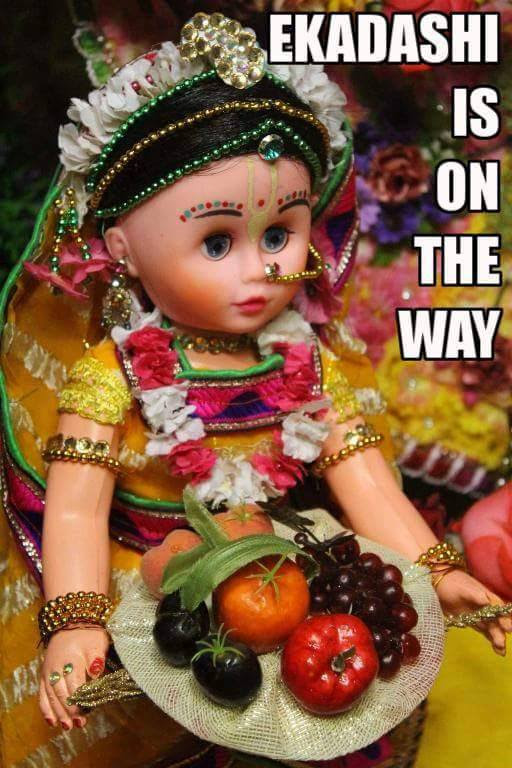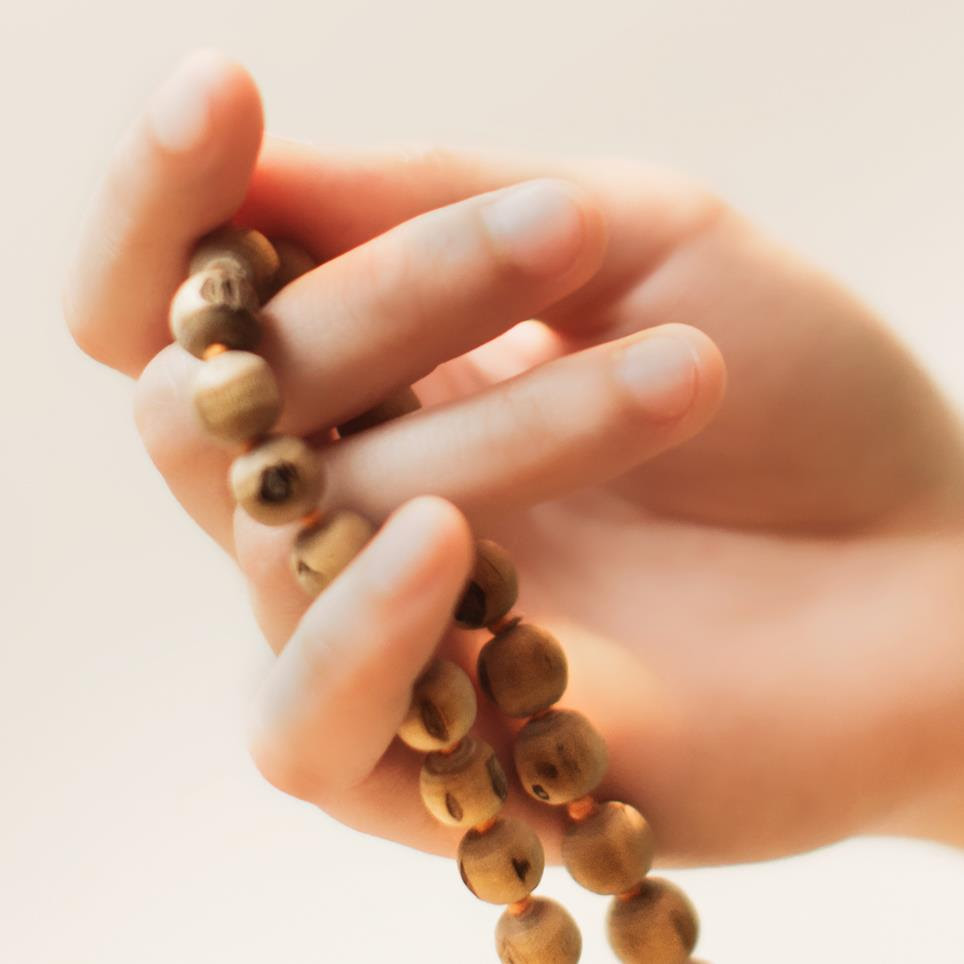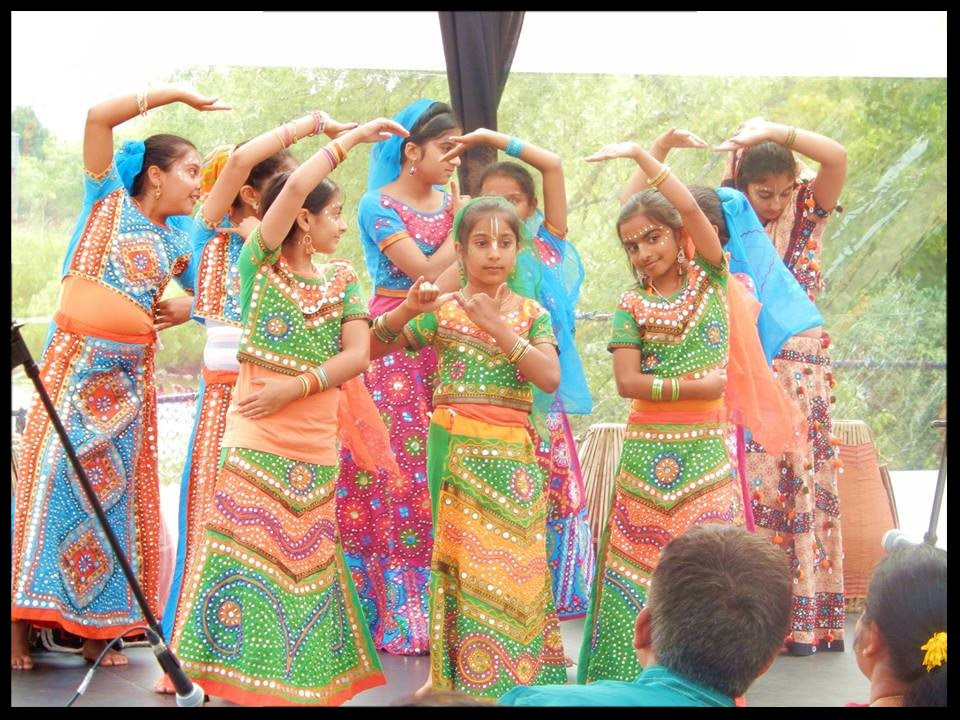Bhagavad-gita verse-by-verse podcast
The post Gita 15.07 Even when the mind is directed by the senses, it still directs the senses appeared first on The Spiritual Scientist.
Websites from the ISKCON Universe
Bhagavad-gita verse-by-verse podcast
The post Gita 15.07 Even when the mind is directed by the senses, it still directs the senses appeared first on The Spiritual Scientist.
Answer Podcast
The post How can we avoid impulsive angry responses? appeared first on The Spiritual Scientist.
[Talk at Intel, Phoenix, USA]
Podcast
Podcast Summary
The post Inner healing through forgiveness appeared first on The Spiritual Scientist.
[Talk for Intel employees at Phoenix, USA]
Podcast
Podcast Summary
Video:
The post Love is the ultimate reality that unifies all reality appeared first on The Spiritual Scientist.

Dovetailing the fall pumpkin obsession in a Krishna conscious way, devotees drew 300 tourists to New Vrajadhama for their autumn Pumpkin Festival on October 14th. On this day the temple and altar were decorated with beautifully painted pumpkins inscribed with lotus designs and the Hare Krishna maha-mantra.
Following Games and Booths were presented. Take a look at the pictures!
 Utthana Ekadasi
Utthana Ekadasi Japathon-Congregational Mantra Meditation
Japathon-Congregational Mantra Meditation Sunday School
Sunday SchoolAudio Podcast :
Video :
The post Prabhupada life-story 11 – On the bowery – A follower turns attacker appeared first on The Spiritual Scientist.

Famous Model Joins the Hare Krishnas in Paris (4 min video)
That’s Shrimati Satarupa devi. She was a Vogue cover girl, known as Anne Schaufuss of Denmark. She graced magazine covers all over Europe. She was also a skilled ballerina.
Watch it here: https://goo.gl/r7oKhG
The post Overcoming negative emotions (5) appeared first on The Spiritual Scientist.

Vrindavan Parikrama during Kartik. The 22nd of October. (Album with photos)
Srila Prabhupada: How can we think mundane thoughts...
 By Pran Gopinath Das
By Pran Gopinath Das We may not realize how our aural organs play a vital role in determining our spiritual destination. The human body is equipped with five senses through which one is connected to the external world. These five knowledge-acquiring organs, known in the Vedas as jnanendriyas (jnana, “knowledge”; indriya, “senses”), are the ears, eyes, tongue, nose, and skin. Through them we receive information about the external world, and based on that information we act and react. Among these senses, the ears are more active than the other four. Srila Prabhupada explained the superior status of the ears: Suppose you are sleeping. Then all your senses are also sleeping. But the ear does not sleep. When a man is sleeping and somebody is coming to kill him, so what do you say? You cry, “Mr. such and such, wake up! Wake up! There is danger.” Otherwise, all the senses are there, but only the ear will help you. The eyes are there, hands are there, legs are there, everything is there—none of these limbs, these parts of your body, will help you. Simply your ear will help you when you are in danger. (Lecture, San Francisco, July 21, 1975) Continue reading "Ear: The Gateway to Liberation
→ Dandavats"
 By MCO staff
By MCO staff Many important pastimes take place on Gopastami. One pastime takes place on this day a few years after Krishna first started tending the cows. On this day, Jatila once forbade Srimati Radhika to perform her customary puja at the distant Surya Kunda, concerned that her daughter-in-law was spending too much time outside home. Being restricted to the confinement of her in-laws’ house, Sri Radha felt dejected and began to cry an ocean of tears– of what use was Her life if it was devoid of Her Prananath, Krishna? Continue reading "Krishna, the Supreme Cowherd Boy
→ Dandavats"
And Pam Bihar whether one who was initiated in a previous life needs initiation again.
Brhad-Bhagavatamrta 1, Chapter 7. and Cc. Antya 14.
The post appeared first on Mayapur.com.
Brhad-Bhagavatamrta 1, Chapter 7.

A tour of the Chowpati festival kitchen (Album with photos)
Kavicandra Swami: I took a tour of the Chowpati festival kitchen. ...

News from Badrinatha (Album with photos)
Bhakti Caitanya Swami: We arrived in Badrinatha around midday on the 25th, and moved into our hotels. Badrinatha is famous as previously having been a place of Lord Siva and Parvati, but Lord Visnu, seeing how beautiful it was, is said to have tricked them into letting him have it. He appeared as a small child, apparently abandoned by his mother in this remote place. When Parvati saw Him she immediately felt great compassion, although Siva was suspicious. What was a young child like this doing in a place like this, so totally remote from any civilization? But Parvati was determined to help the child, and took Him to their small dwelling. She and Siva went out again, but when they returned they found the doors and windows locked from the inside.
The child was smiling at them through a window, but when they asked Him to open the door or a window He refused, telling them it was now His house. It was late, and Siva and Parvati had to go somewhere quickly to spend the night, so they move to Kedaranatha, leaving Badrinatha to Lord Visnu.
The first evening we went up to the temple and had some katha behind it while we waited for darsana. The pujaris were very nice, and invited me into the altar area for a while. On the altar here are, from our left, the face of Kuvera, Garuda, Badrinatha, Narada Muni, Uddhava (directly behind Narada) and Nara Narayana, with blackish faces. Unfortunately they don’t allow photography in the temple, so I can’t show you what they look like.
Badrinatha is a Salagrama sila from the Badrinatha area. He is sitting in a padmasana position.
We returned and sang Damodarastakam, and then gathered on the 26th morning for a morning programme in a hall at one of the hotels. At 8am we went to have darsana of Badrinatha again, and the main pujari invited me by the altar. He was a nice man, whose son is an initiated brahmacari in the Kåñëa Balaräma temple in Våndävana.
After that we had a big group photo in front of the temple, and then returned for breakfast. Following that we drove about 3 or 4 kms to a village named Mana, which is meant to be the last village before the border with China.
Find them here: https://goo.gl/7teSyK

Jaipur, the Pink City (10 min video)
Indradyumna Swami: Jaipur, known as the Pink City, is rich in the culture and history of I...

Kartik Navadvipa Mandala Parikrama 2017 (Album with photos)
“I bow down and offer my respects to they who know that within or without the material world there is nothing as sweet as Lord Gauranga’s forest.“ – Sri Navadvipa Sataka Every day of parikrama seems to be sweeter than the last, and the fourth day of parikrama was no exception. The morning began with an early morning visit to the house of Nandan Acharya, followed by a boat ride across the Ganga to Navadvipa town where we performed harinam through the streets and visited Parama Tala, the temple of Dhameshvara Mahaprabhu, and the bhajan kutir and samadhi of Srila Jagannatha Das Babaji. We then took darshan of Radha kunda and Shyama kunda, and visited Champahati and Ratu pur. All glories to Sri Navadvipa Dham!
Find them here: https://goo.gl/9R1wAc

Humanity needs to be educated in Bhagavatam Dharma (video)
Srimad Bhagavatam Class by H.H.Devamrita Swami in ISKCON Vrindavan, …
Bhagavad-gita verse-by-verse podcast
The post Gita 15.06 The spiritual world is self-luminous and its luminosity is malleable to Krishna’s will appeared first on The Spiritual Scientist.
[Talk to University of Cincinnati students, USA]
Podcast
Podcast Summary
Video:
The post Stung by the tongue appeared first on The Spiritual Scientist.
[Talk at North Florida University, Jacksonville, USA]
Podcast
Podcast Summary
The post Overcoming negative emotions 5 – Self-doubt appeared first on The Spiritual Scientist.
His Divine Grace A.C. Bhaktivedanta Swami Prabhupada departed from this world on November 14, 1977, in Vrindavan, India, in his rooms at the Krishna-Balarama temple, surrounded by hundreds of his disciples chanting Hare Krsna.
Up until moments before his passing, he was dictating commentaries on the tenth canto of the Srimad Bhagavatam.
During his life he traveled the world spreading the teachings of Lord Caitanya and propagated harinama samkirtan. He translated and gave commentaries to many transcendental literatures. The anniversary of his passing is observed in every ISKCON temple where His legacy continues forever.
 By Satyaraja Dasa
By Satyaraja Dasa Sri Ramacandra Kaviraja, the son of Khandavasi Ciranjiva and Sunanda, was a disciple of Srinivasa Acarya and the most intimate friend of Narottama dasa Thakura, who prayed several times for his association. His youngest brother was Govinda Kaviraja. Srila Jiva Gosvami very much appreciated Sri Ramacandra Kaviraja's great devotion to Lord Krishna and therefore gave him the title Kaviraja. Sri Ramacandra Kaviraja, who was perpetually disinterested in family life, greatly assisted in the preaching work of Srinivasa Acarya and Narottama dasa Thakura. He resided at first in Srikhanda but later in the village of Kumara-nagara on the bank of the Ganges. Continue reading "Sri Srinivasa Acarya – Appearance
→ Dandavats"

Sri Gadadhara dasa Thakura previously lived at Navadwip. When the Lord went to live at Nilacala Sri Dasa Gadadhara also there to be with Him. Later on Mahaprabhu sent him back with Nityananda Prabhu to preach in Bengal. He first stayed at Eriyadahagram, which is situated on the banks of the Ganges. Then he spent some time in Navadwipa, taking care of Saci Mata and Visnupriya, but after their disappearance, he came to live at Katwa, where Mahaprabhu had accepted sannyasa from Kesava Bharati.

On this day Lord Sri Krishna became a qualified cowherd. Before this day, he was a keeper of the calves.

Etiquette is not just a handshake between two generations but a code that unlocks the treasure of blessing.
Vaishnava etiquette is an ornament of a Vaishnava. It may not be appearing so dazzling like gold and silver ornaments which attracts the common people but it attracts other devotees and the Supreme Personality of Godhead.
Epitome of Vaishnava etiquette by Sages of Naimisaranya.
The great sages offered the speaker of the Bhagavatam an elevated seat of respect called the vyasasana, or the seat of Sri Vyasadeva.
They asked questions to the speaker in order to elicit the clear meaning, and not in a challenging spirit.
Sages submitted questions with a great regard for the speaker and the subject matter.
Sages exhibited submissive aural reception towards transcendental subject matter.
They showed earnest desire to hear Bhagavatam.
Sages didn’t fight amongst themselves to choose a representative who would ask questions on behalf of everyone.
Every sage was aware of his position and the purpose of the assembly.
Their each and every words, actions and thoughts were selfless dedicated for the uplifting of the fallen souls of kali Yuga.
They chose the leader by taking care of qualities like that person should be vastly learned and elderly.
Physical vs. subtle
In a lecture H.G. RadhaGopinath was sharing his personal realization. Once he was sitting on an equal level with the Bhagavatam speaker and he could feel that he wasn’t able to grasp the subject matter. Imagine simply a physical act can hamper our understanding what to speak of subtle things.
Gratitude is essential
Also we have heard that water flows from higher potential to lower potential, similarly the transcendental messages flows from higher sources to lower sources through bonafide parampara. By offering respects to the speaker we open our hearts for the transcendental messages to enter. It is said that a grateful heart is like a fIrtile land where humility takes birth.
Position of Guru
Recently, I witnessed many devotees from a popular religious who came with their Guru to our farm. The guru was supposed to give a discourse to all of them in the evening. I gave the tour and showed them everything. After lunch everyone made their individual plans of going to swimming pool, goshala etc. Their Guru was just sitting and waiting for them till evening but no one came for hearing.
I was shocked. As I reflected I realized that due to ignorance of the value of the spiritual leader nobody was interested in their Guru. They were unaware of the connection which a Guru can establish between them and the Supreme Lord.
I felt grateful towards our Acaryas and how we have been blessed to practice their teaching in today’s day and age.The reason is that they practiced it in their lives and through their actions they taught the whole world.
Cooperation
In the book The Journey Home, HH Radhanath Swami Maharaj mentions an incident of his early days in India. Once, he attended a summit of Yogis and gurus where in the end they all fought together for who will get hold of mike and speak. An opposite or rather ideal behaviour is exhibited by sages of Naimisaranya.
In modern day preaching when we all come together and eagerly hear Kṛṣṇa Katha, that will inspire any people to accept and follow the process. The way existing devotees follow the Vaishnva etiquettes that impacts the future. Etiquette is not just a handshake between two generations but a code that unlocks the treasure of blessing. Let’s stay blessed.

Good communication brings about a healthy relationship, as ISKCON’s Governing Body Comission and ISKCON guru Hridayananda Das Goswami found this month. Hridayananda Maharaja’s Krishna West project began in 2013. But due to ill health, he had not had the chance to meet with the full GBC body about it until this October 15th and 16th, during their mid-term meetings in Ujjain, India.

Gopuja in Villa Vrindavana. Florence, Italy (3 min video)
Srila Prabhupada: One has to continue chanting the Hare Krishna mantr...
The post Daily Darshan: October 26,2017 appeared first on Mayapur.com.

Sri Gaurachandra Installation Festival in NYC (Album with photos)
On October 4-5, 2017 the Bhakti Center community gathered to...